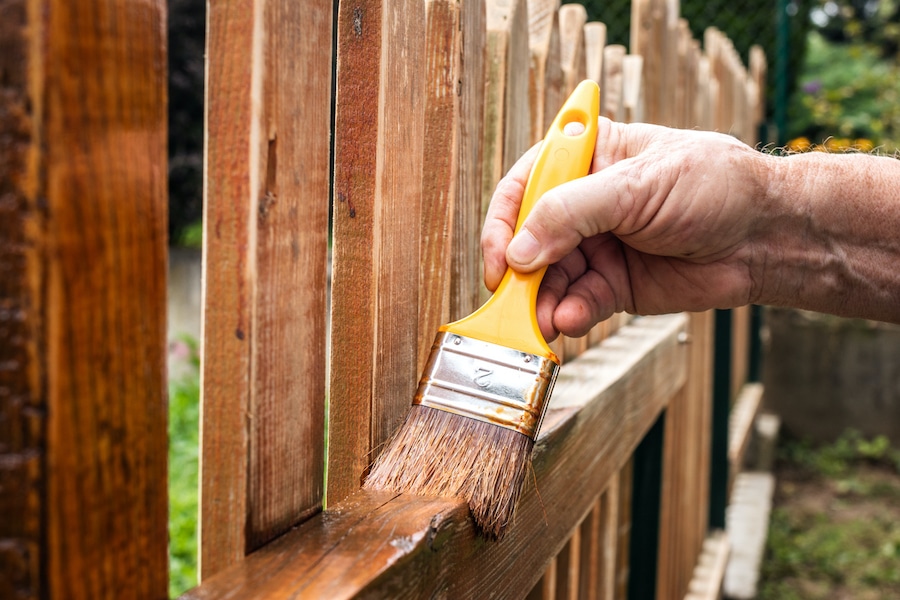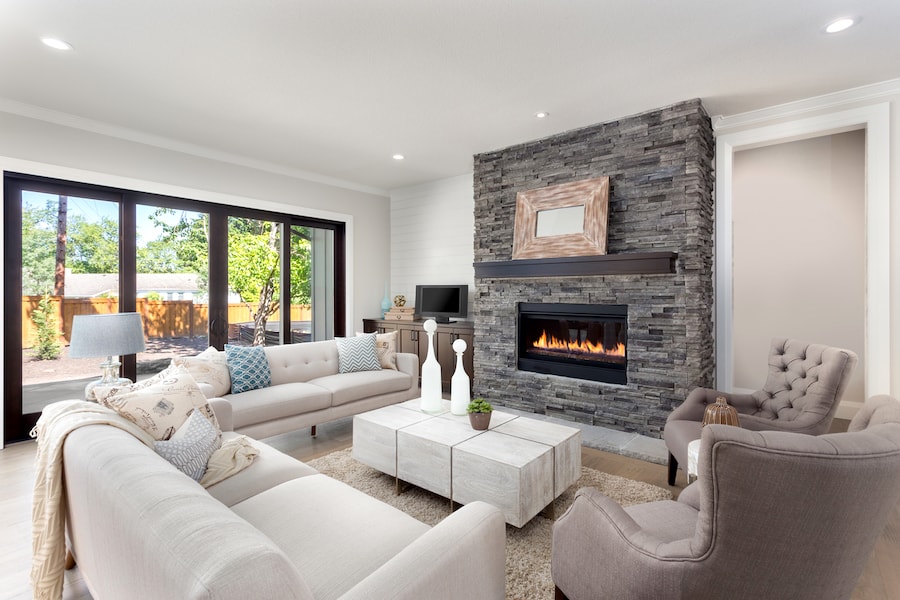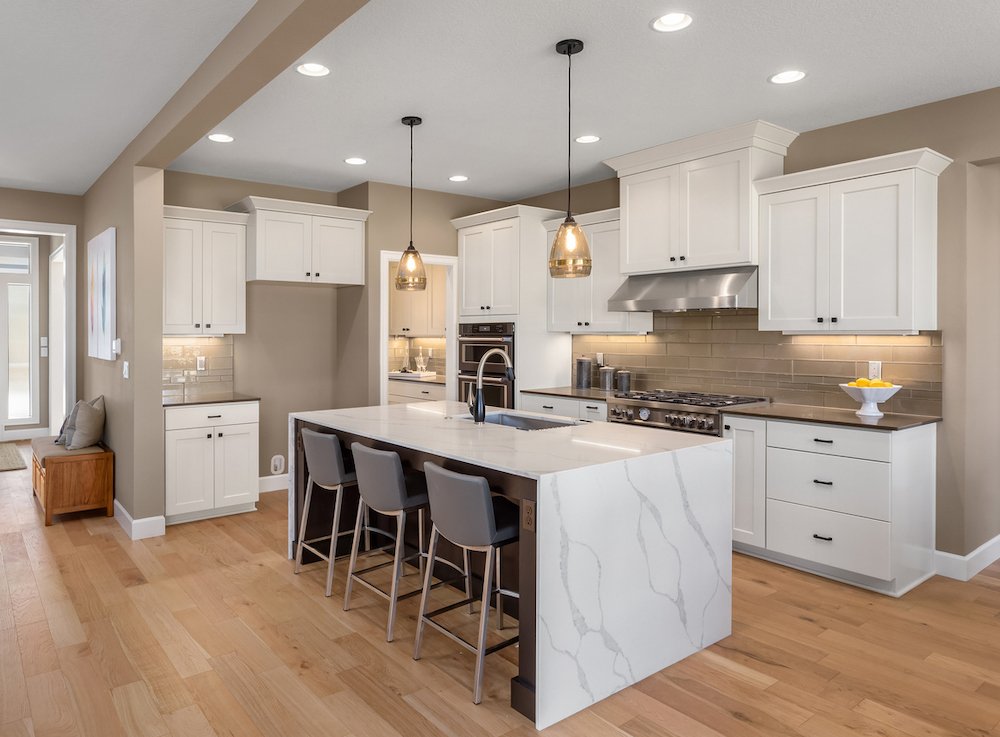
Building equity in your home is one of the great advantages of being a homeowner and accessing that equity when you need it is even better. So when it comes to home improvement and house repairs, what’s the best way to tap into your home equity? For homeowners who have seen a big jump in the value of their home over the past few years, you have some options. This short article breaks down the benefits and drawbacks of using a Home Equity Loan vs. HELOC (Home Equity Line of Credit) for home repairs and renovations.
Whether you’re planning a big home renovation or planning your next family vacation, these pros and cons can help you decide the best way to access your home equity.
RELATED: How to finance a home renovation project with the FHA 203k loan
Home Equity Basics
Home equity is the financial difference between what you owe on your home (your mortgage balance) and the value of your home (based on a formal appraisal). For example, if your current mortgage balance is $478k and the current market value of your home is $680k, then you’ve got a little over $200,000 in home equity.
When you want to access the equity in your home, most lenders will only approve up to 80% of your home’s value. This allows for market fluctuations in property value and lowers the risk of foreclosure in the eyes of the lender. In the example above, 80% Loan-to-Value would be $544k, giving you potential access to $65k.
Home Equity for Home Renovations, Repairs, and Remodels
To decide if a home equity loan or home equity line of credit might be a good fit, it’s a good idea to figure out how you want to use the funds. A few popular updates are:
- kitchen remodels
- bathroom remodels
- new roofing, siding, windows
- major landscaping & backyard improvements
- home office additions
Another thing to consider is adding an in-law unit or ADU to the property. In a neighborhood with limited space, adding livable space will increase the value of your home and boost the appraised value (which we blogged about here).
RELATED: Everything you need to know about home appraisals
Since both a home equity loan and a home equity line of credit are big financial commitments, take time to consider the value of the improvements you want to make or how else you might like to use the funds. Renovations don’t necessarily have to improve the value of your home but they will work to your benefit if they do. Both loans are designed to help maintain and improve the value of your home. Ideally, you want to increase your property value in the process. If you need to sell your house for an unexpected reason, you won’t be upside down when it comes to your mortgage.
Top Advantages of a Home Equity Loan
Home equity loans are almost always fixed-rate loans with set terms that include a fixed monthly payment and a fixed payment schedule. When you’re approved for a home equity loan, you get the full amount in one lump sum. Then you pay off the loan in fixed monthly payments for the entirety of your loan.
The loan terms are agreed upon when you get approved, so there are no surprises or changes in your payment schedule.
Highlights and Advantages:
- Lower interest rate that is locked in for the life of the loan
- Fixed monthly payments which make is easy to budget and plan
- Lump sum all at once so you can start a big project right away
- Use the funds for whatever you want
- The interest on your home equity loan may be tax deductible
Worth noting: higher credit scores mean lower rates. Check for prepayment penalties in case you decide to pay it off sooner than scheduled, or if you might want to refinance later.
Top Advantages of a HELOC (Home Equity Line of Credit)
A home equity line of credit operates like a revolving credit account. Instead of having a set payment schedule and a fixed rate, HELOCs give you access to a line of credit with a maximum limit. You can use the funds at any time and you don’t accrue any interest until you draw from the account. HELOC’s have a set draw period (typically 10 years) and a variable APR which is based on the prime rate and market trends.
Main Benefits:
- Access as much or as little money as you want to meet the needs of your projects
- Interest only accrues when you access the funds, not to keep the account open
- Repayment terms are flexible, pay it off and make minimum monthly payments
- Use the funds for whatever you want
- The interest on your HELOC may be tax deductible
Taking Action
If you’re thinking about tapping into your home equity, talk with a local mortgage advisor who can help you reach your financial goals. An experienced loan advisor can save you money and keep the process moving easy and stress-free. When it comes to saving money on your mortgage and tapping into your home equity, we can guide you through the process. Together, we can help you decide which path will save you the most money so you can reach your financial goals faster. Connect with a local mortgage advisor to get started. We’d love to help.







